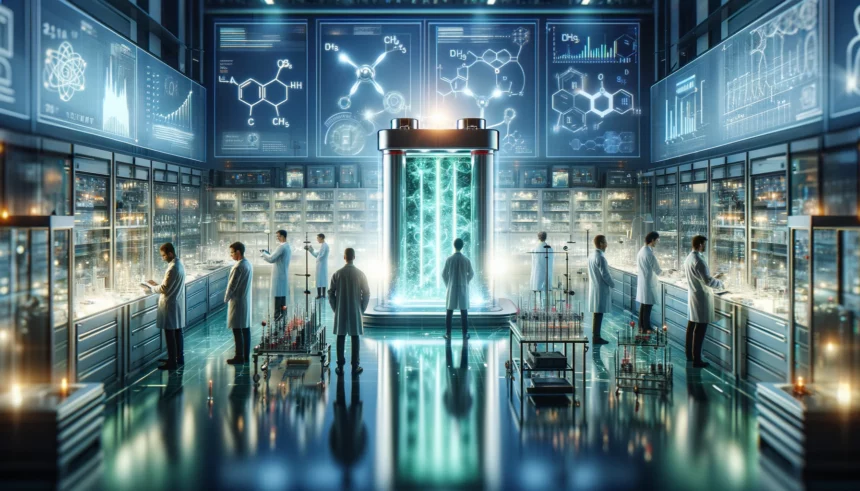In a groundbreaking development, researchers at the University of Adelaide’s School of Chemical Engineering in Australia have announced a significant breakthrough in battery technology that could revolutionize the way we use and charge our devices. The team has designed a novel catalyst that paves the way for the next generation of lithium-sulfur (Li-S) batteries, capable of achieving a full charge in less than five minutes—a stark contrast to the several hours currently required.
Led by Professor Shizhang Qiao, chair of nanotechnology at the university, the research team focused on overcoming one of the primary limitations faced by lithium-sulfur battery technology: slow charge-discharge rates. By developing a carbon and cobalt-zinc (CoZn) catalyst, they have not only accelerated the charging process but also significantly enhanced the performance and reliability of these batteries.
Lithium-sulfur batteries are highly regarded in both academic and commercial sectors for their potential to deliver more energy per gram than the lithium-ion batteries that dominate today’s energy storage market. This advancement could be a game-changer for a wide range of applications, from consumer electronics that demand quick recharging to large-scale energy storage solutions essential for grid applications.
The key to this breakthrough lies in the team’s approach to optimizing the sulfur reduction reaction (SRR), a critical process that determines the charge-discharge efficiency of Li-S batteries. By experimenting with various carbon-based transition metal electrocatalysts, the researchers identified a combination of cobalt and zinc that significantly increased reaction rates, especially at higher polysulphide concentrations.
Published in the prestigious journal Nature Nanotechnology, the study showcases how the newly developed electrocatalyst, when used in a sulfur-based positive electrode, enabled a Li-S battery to be cycled for 1,000 cycles at 8 C rate, with a discharge capacity retention of about 75%, and achieving an initial specific power of 26,120 W kg. This represents an exceptional power-to-weight ratio, highlighting the potential of Li-S batteries to meet the demands of applications requiring rapid charging and discharging.
Professor Qiao emphasized the transformative impact this technology could have on energy storage technologies, highlighting its potential to advance the development of high-performance battery systems. The team’s breakthrough not only brings us closer to ultra-fast charging batteries but also promises enhanced performance and reliability for a broad spectrum of applications.
As the world continues to seek sustainable and efficient energy solutions, this development in lithium-sulfur battery technology marks a significant step forward in the quest for faster, more reliable, and higher capacity energy storage systems.




